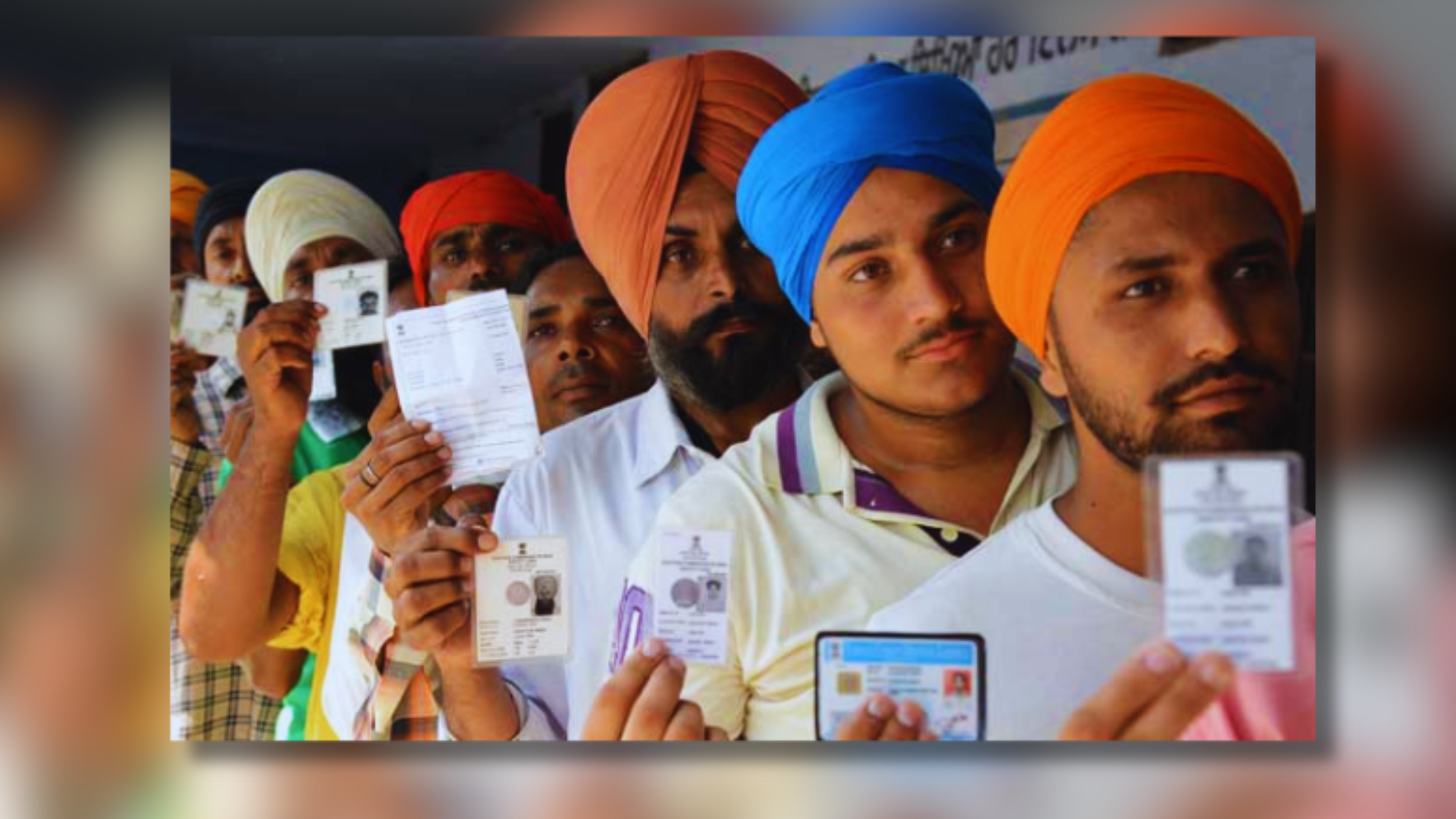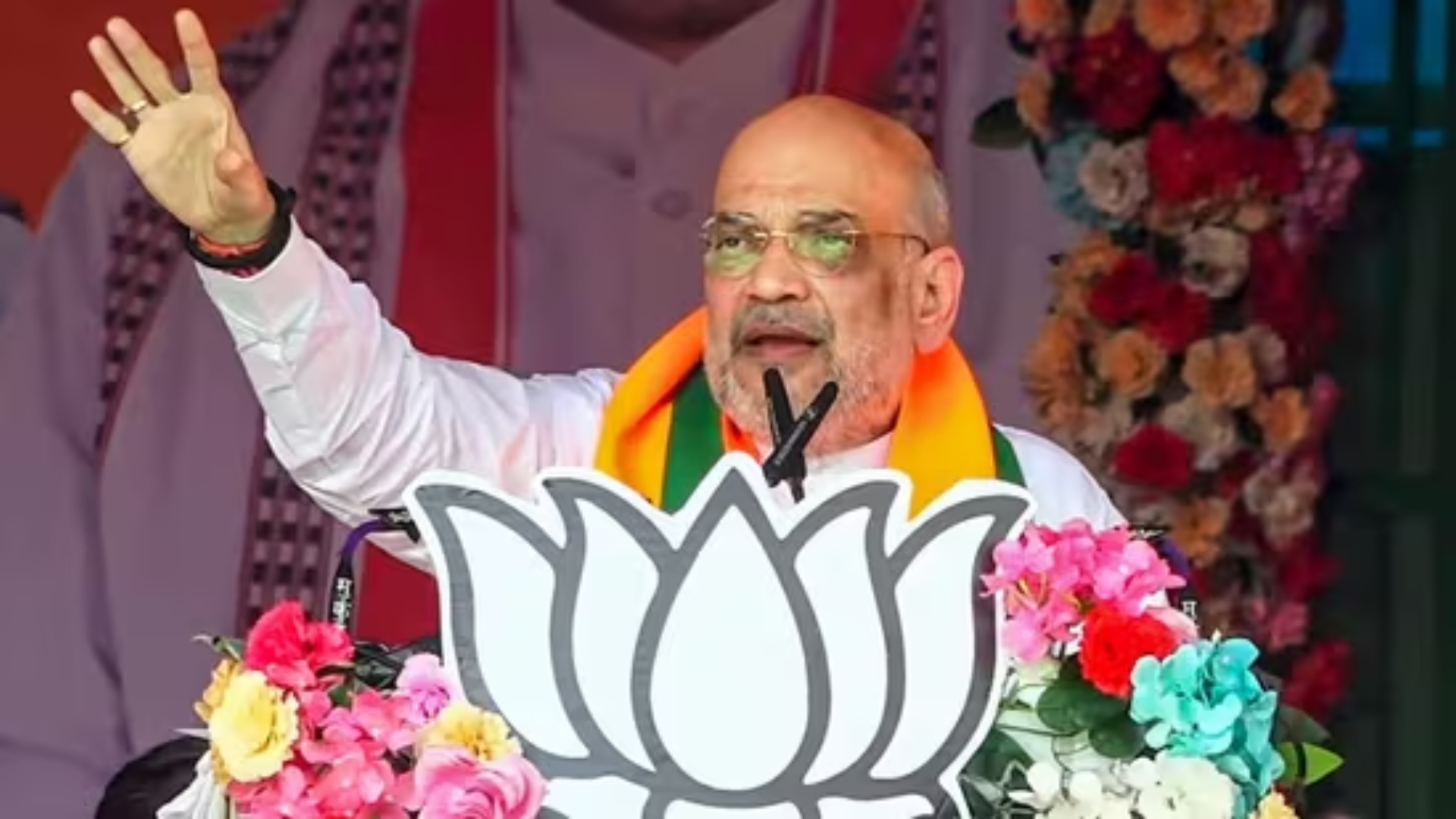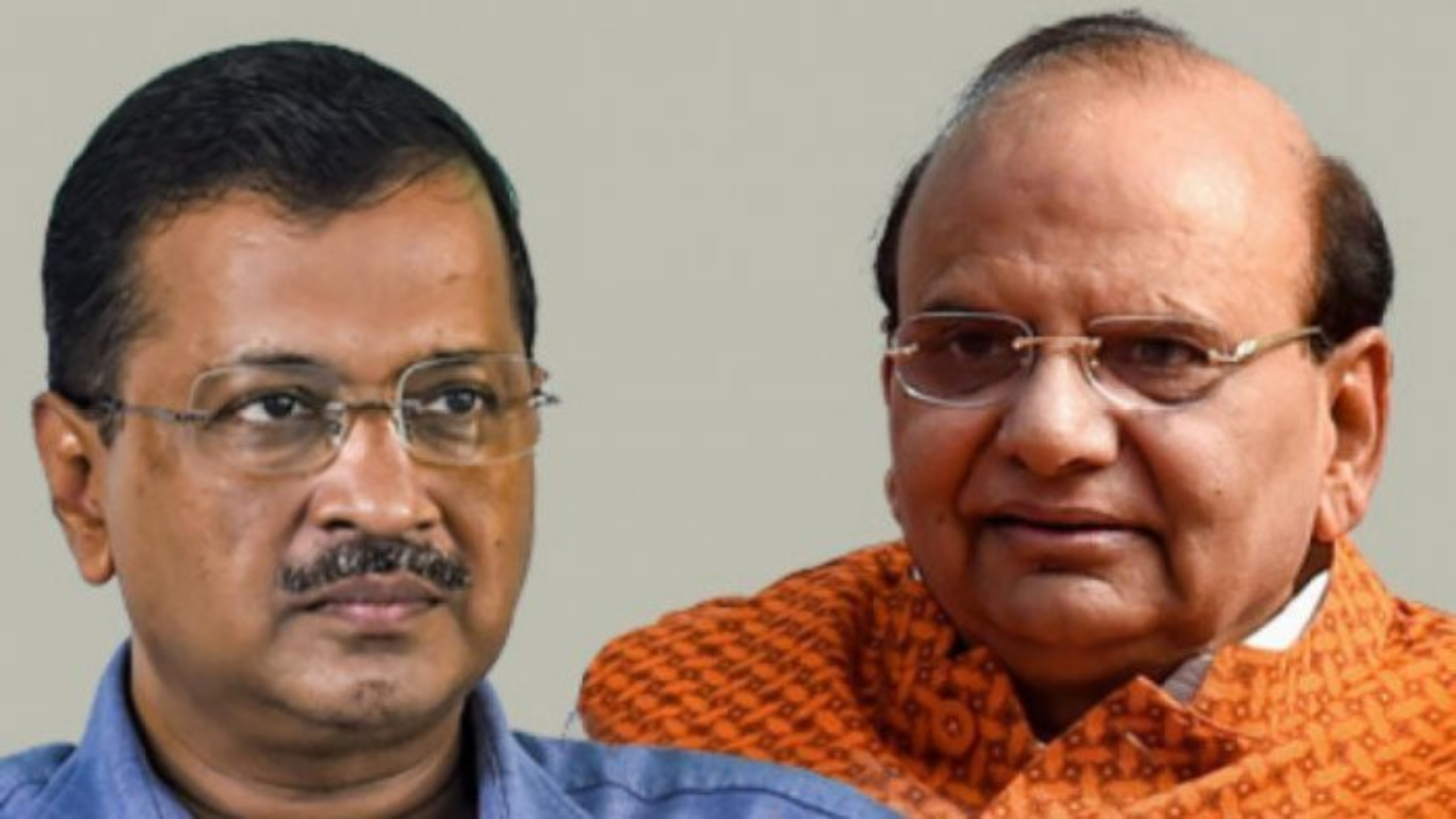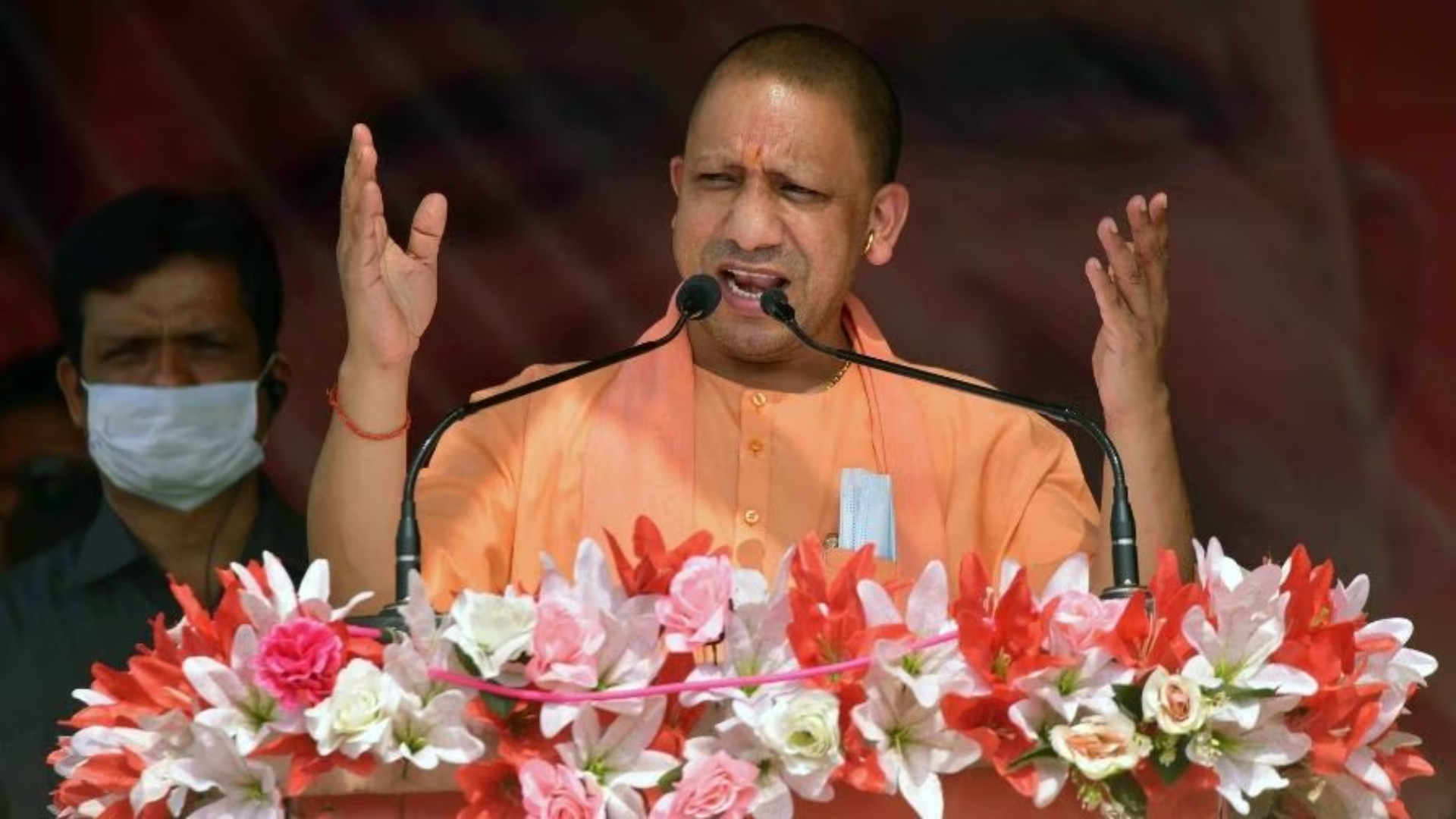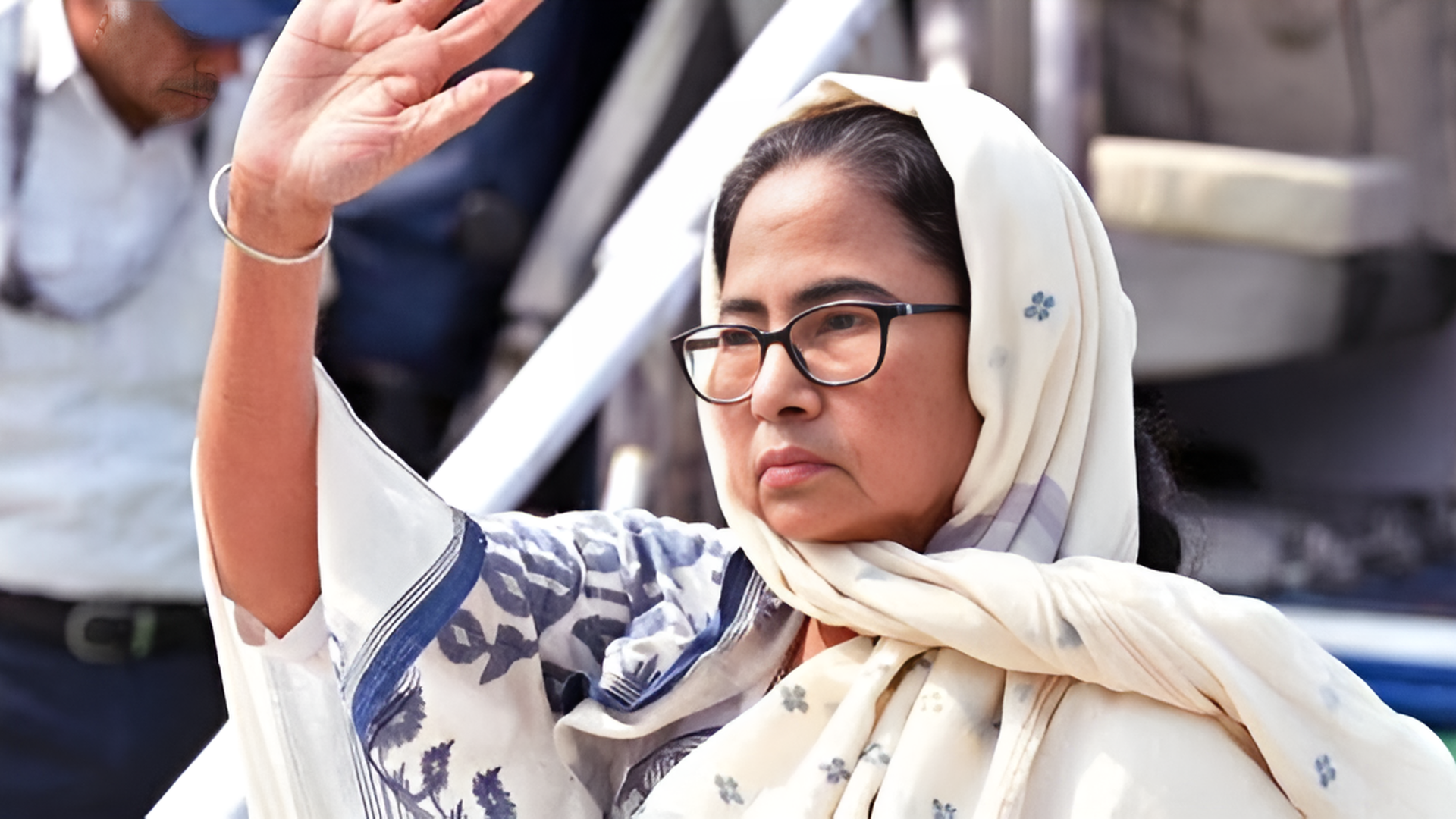



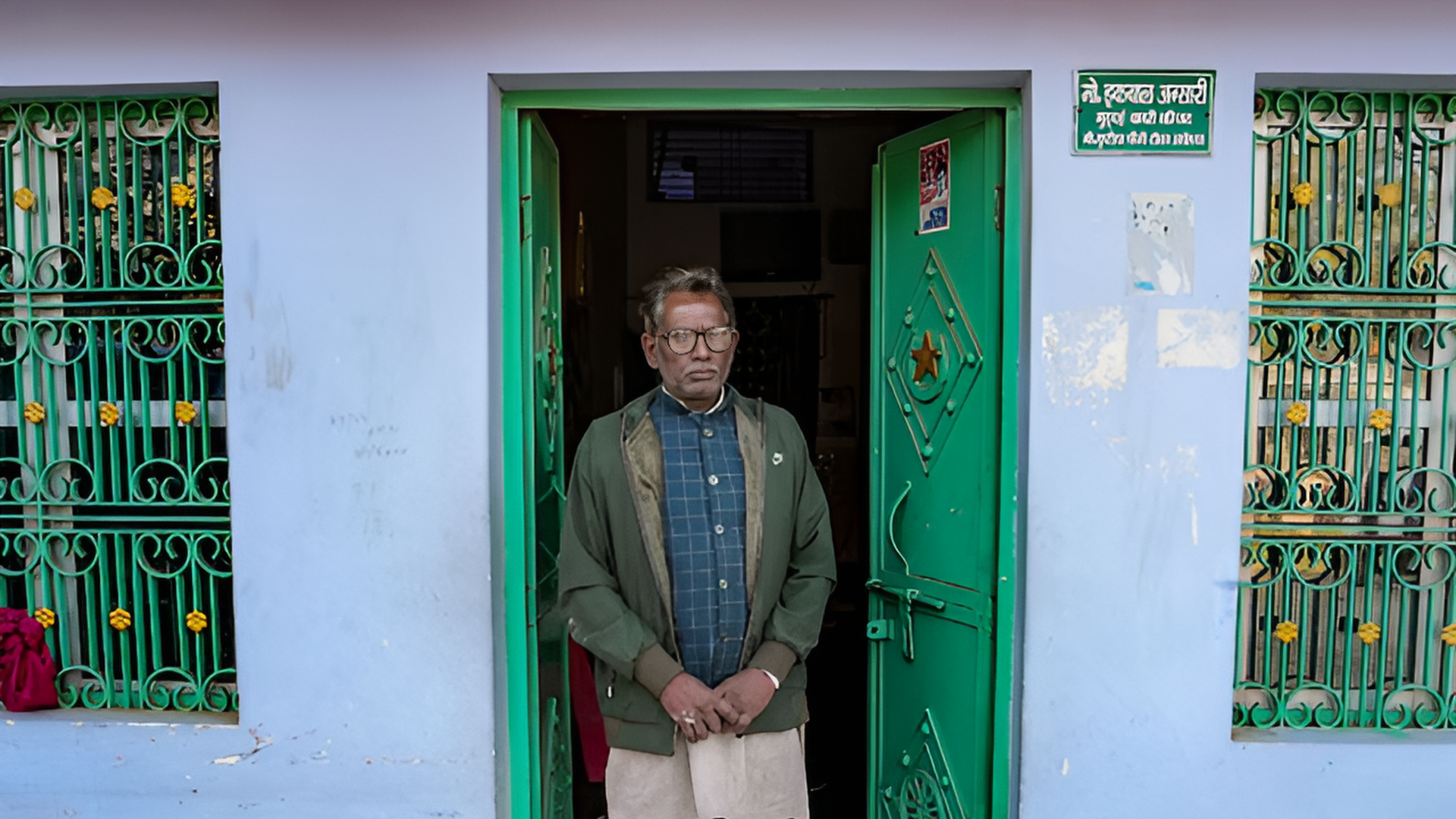


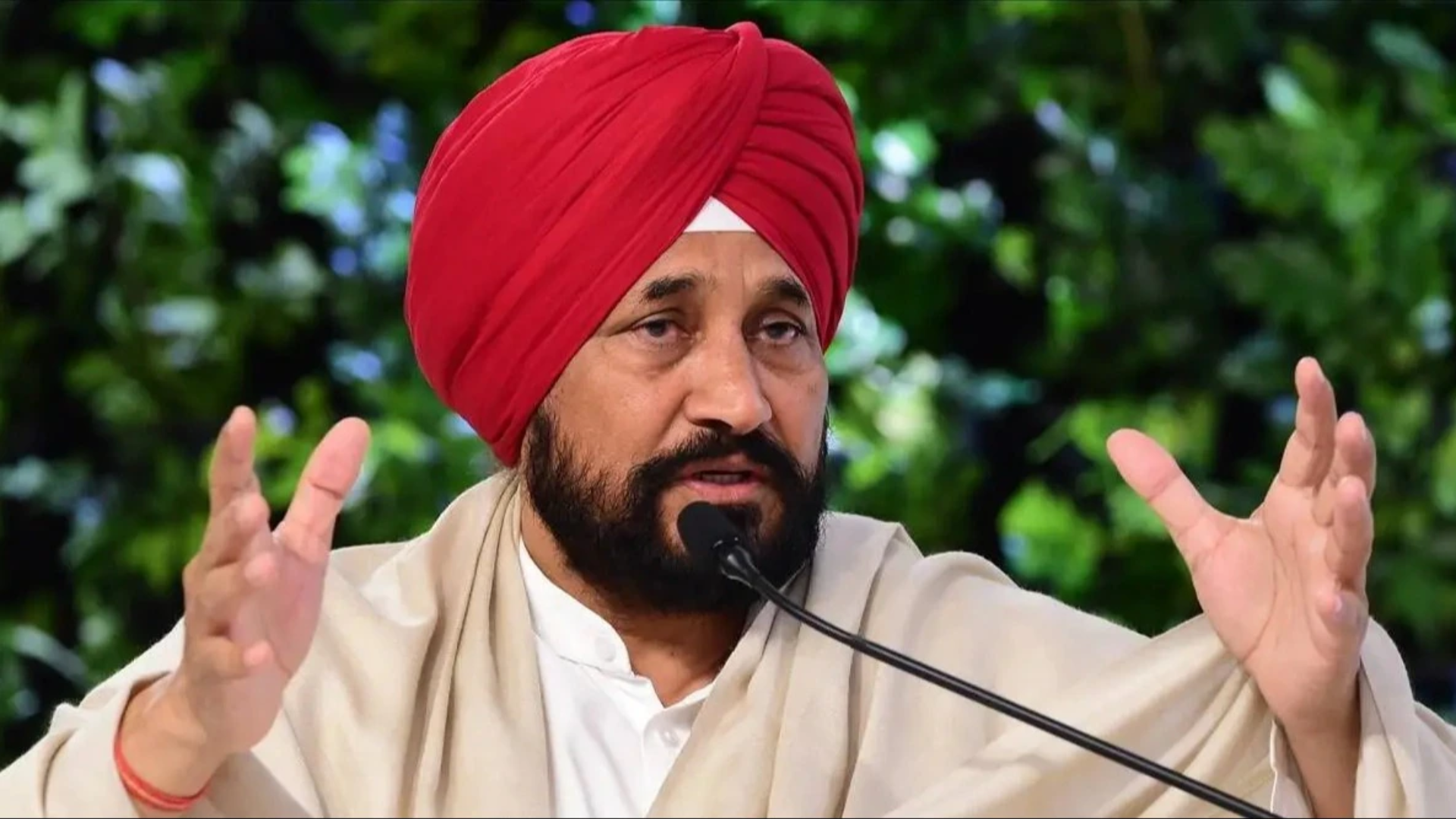
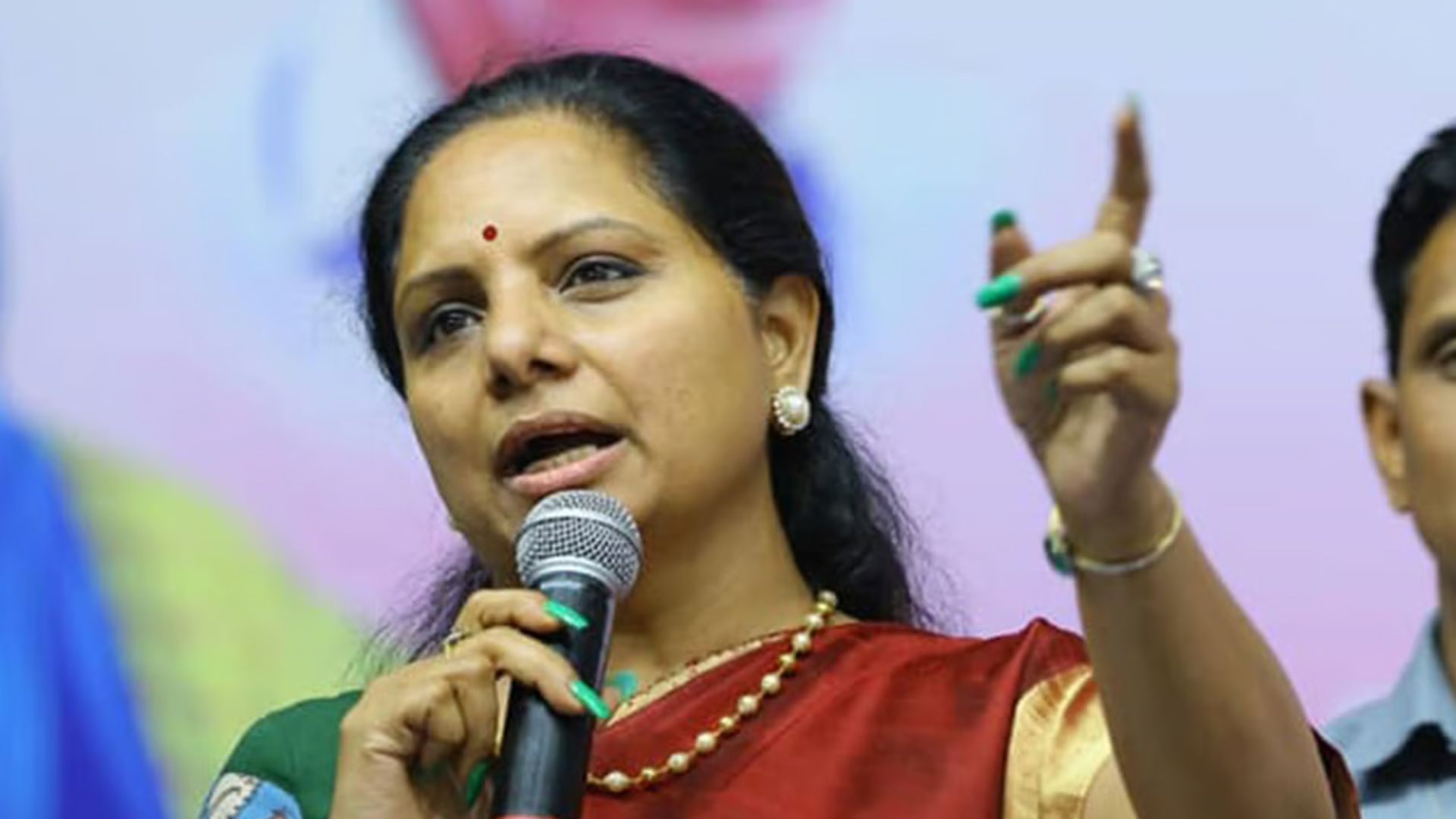


Ishanee Sharma, Advocate and managing partner of IS Law offices expresses her opinion on Gyanvapi case.
The Places of Worship Act, 1991, an attempt to preserve religious harmony in India, has sparked debates on its effectiveness and ethical implications. One specific case that stands out in this discourse is the Gyanvapi Mosque in Varanasi, situated adjacent to the Kashi Vishwanath Temple. The High court of Allahabad observed that the Places of Worship Act, 1991 is not an “absolute bar” on litigants from approaching courts to define the “religious character of any place of worship” or to seek their right as to a place of worship may open a Pandora’s box.
The High Court pointed out that the 1991 Act has not defined the term “religious character”.
“A place of worship cannot have a dual religious character at the same time, one of temple or of a mosque, which are adverse to each other. Either the place is a temple or a mosque”.
Understanding the controversy surrounding the Gyanvapi Mosque requires delving into its historical roots and Origin of the Gyanvapi Temple-
According to the Markandeya Purana, a revered Hindu scripture, the Swayambhu Shivalinga in Kashi has a celestial origin. The legend narrates the story of Lord Brahma, the creator, and Lord Vishnu, the preserver, engaged in a cosmic conflict for supremacy. In the midst of their cosmic battle, Lord Shiva emerged in the form of an infinite pillar of light, known as the Jyotirlinga, to remind them of the ultimate reality beyond their individual roles. This cosmic pillar of light is believed to have manifested itself in Kashi as the Kashi Vishwanath Jyotirlinga.
The Shiv Purana also mentions the creation of the swayambhu shivling at Kashi in the form of the Kashi Vishwanath jyotirlinga.
These scriptures clearly trace the appearance of the Shivlinga to prehistoric times and regular Pooja used to take place at the mandir since times immemorial until the Mandir become a instrument of attacking a civilization.
The dispute traces back to the Mughal era when Aurangzeb, the Mughal emperor, constructed the Gyanvapi Mosque on the site of a pre-existing Kashi Vishwanath Temple. Historical records suggest that during the reign of Aurangzeb in the 17th century, the Gyanvapi Mosque was constructed in the Kashi Vishwanath Temple.
Ancient texts and scriptures mention the significance of the Gyanvapi area as a sacred place for Hindus. These texts describe the presence of a revered Swayambhu Shivling, signifying the site’s religious sanctity for centuries. Additionally, there are historical accounts documenting the construction of a temple dedicated to Lord Shiva at the Gyanvapi location. These sources provide a foundation for the assertion that the site has long been associated with the Hindu religious practices.
Archaeological findings also play a crucial role in bolstering the Hindu claim. Excavations and studies around the Gyanvapi Mosque area have revealed remnants of Hindu structures and artefacts that align with the historical accounts of a temple dedicated to Lord Shiva. These findings contribute to the argument that the site was originally a Hindu place of worship.
The medieval period was marked by a series of religious and cultural transformations, with the construction of religious structures often symbolizing shifts in power dynamics. The controversy surrounding the Gyanvapi Temple encapsulates the tensions and complexities inherent in the historical narrative of religious sites in India.
While the Places of Worship Act was intended to freeze the religious status of places of worship, critics argue that freezing historical injustices is not a solution. The Act, in freezing the status quo as of 1947, inadvertently perpetuates historical wrongs and stifles opportunities for reconciliation and justice.
Moreover the Places of Worship Act, which aims to maintain the religious character of places of worship as it existed on August 15, 1947, was enacted hastily. It appears that The government’s motive was to garner political support, particularly from the Muslim community, as a furtherance of the minority appeasement policy.
The Minority appeasement policy accusation centers on the idea that the government, particularly during the time of the Places of Worship Act’s enactment, prioritized political gains over impartial decision-making in religious disputes. It appears that the Act was introduced without thorough consideration of historical evidence and the complexities surrounding disputed sites. The rushed implementation is seen as an attempt to appease Muslim voters and secure their political allegiance.
The point of contention is the Act’s inherent limitations in addressing historical disputes. By freezing the status of religious sites, the Act arguably fails to account for historical injustices and inhibits the possibility of redressal through a legal framework.
The construction of the mosque on the purported site of a temple is a historical injustice. The temple, a sacred site for Hindus, predates the mosque and was subject to destruction during Aurangzeb’s reign.
The contested history of Gyanvapi is intertwined with the broader debate on cultural and religious appropriations during historical periods marked by conquests and regime changes. It is clear that acknowledging the temple’s existence before the mosque is a crucial step toward rectifying this historical wrong.
For the Hindus, the status of Gyanvapi never changed. It was and is a mandir. The religious character of Swayambhu deity cannot be lost, not even by destruction.
The process of Recognizing Gyanvapi as a temple spells out a need for reconciliation between communities. The call for reconciliation goes beyond legal battles and extends to fostering understanding and empathy among religious groups.
Reconciliation, in this context, involves acknowledging historical injustices, initiating dialogue, and working towards a mutually acceptable solution. The aim is not just to resolve a legal dispute but to build bridges between communities that have been historically divided.
The Gyanvapi mosque and its disputed status have indeed been a source of contention between Hindu and Muslim communities. The Places of Worship (Special Provisions) Act, 1991, seeks to maintain the religious character of places of worship as it existed on August 15, 1947. However, specific cases, like the Gyanvapi, may involve legal debates over historical evidence & ownership.
When the religious character of a site, such as the Gyanvapi, isn’t conclusively determined, it often leads to disputes where one community claims it as their place of worship, while another contests this assertion. When the title of the place has always been under contention , how can it be frozen on status quo, what exactly is the status quo and who would determine that. Resolving such disputes involves navigating historical evidence, legal interpretations, and addressing the religious sentiments of the communities involved.
The legal and ethical dimensions of the Gyanvapi dispute raise complex questions. The Places of Worship Act puts a blanket freeze on religious status limits the avenues for resolving such disputes. They advocate for a more nuanced approach that considers the historical context and the quest for justice.
The legal battles surrounding Gyanvapi reflect the broader challenges of reconciling historical grievances with contemporary legal frameworks. Courts must navigate through layers of history, archaeological evidence, and religious sentiments to arrive at a just and equitable resolution.
Ethically, the recognition of historical wrongs and the pursuit of justice are paramount. The question arises: Is it ethically justifiable to freeze the status of a religious site without considering the historical injustices that may have led to its current state? The ethical dimensions of the Gyanvapi dispute underscore the importance of acknowledging and rectifying historical wrongs.
In conclusion, the mosque at Gyanvapi is a sign of subjugation by means of barbarism, of the entire Hindu civilisation. Places of Worship Act, 1991, applies only to existing structures as they existed at the time of partition. However if the very nature of the religious structure is disputed then the title is the said property would have to be adjudicated by a court in accordance with law. Moreover the act itself was not passed in a true democratic sense which merits deliberation. It was a spur of the moment step to curb nationwide agitation.
Recognizing Gyanvapi as a temple would address historical injustices and is vital for fostering genuine communal harmony. The examination of the Gyanvapi Mosque controversy, and analysis of legal and ethical considerations contribute to a nuanced understanding of this complex issue.
As India grapples with preserving its rich cultural and religious heritage, the Gyanvapi dispute serves as a microcosm of the broader challenges in reconciling historical grievances with contemporary legal and ethical frameworks. A reevaluation of the Places of Worship Act may be necessary to provide a more just and reconciliatory framework for addressing historical injustices and fostering communal harmony in the diverse tapestry of India’s religious landscape.

